The Bittersweet End of Strawberry Season: Eating, Freezing, Jamming
I can’t get over how delicious strawberries are and how much I’ve enjoyed this past month of eating them. I also get a bit sad thinking about how soon they won’t be available (locally-grown at least, which is what counts).
Luckily as the first real fruit of summer they are followed by many more delicious fruits that will begin arriving soon. Our family is eager for blueberry picking, and then the stone fruit season, and ultimately apples and pears in the fall.
We ended up going picking three times this season. With the first two rounds we ate as many as we could, froze several gallons, and made jam. The last round of picking is happening as I write (I’m at home with our youngest who is napping while Madame and the young assistants pick), and the plan is to freeze a few more and have one last good week of eating.
Speaking of eating, besides the obvious method of simply eating the strawberries, they make an awesome salad addition.
They are also—and this is obvious too—excellent on waffles, especially overnight 100% spelt yeasted waffles !
We like to freeze tons of strawberries because they are so wonderful to eat all year long. For me they are an essential smoothie ingredient, but they also can be reheated and used as toppings for breakfasts and desserts!
To freeze strawberries and other fruits, arrange the washed and trimmed fruits (save the trimmings for use in a strawberry beer, recipe coming eventually) on a baking sheet and put them in the freezer. Once frozen put them in freezer bags, labeled with the date.
Recipes for jam abound and this year we tried one from my brother for strawberry rhubarb and one of my own invention for strawberry current, using frozen currants from last year that a friend had given us. We always use Pomona’s Natural Pectin, which locally can be found at health food stores and online can be found at
Amazon
(and you can
buy it bulk
there too, and save like 50%!). Here’s the basic recipe for the strawberry current jam:
- 4 cups strawberries, mashed (not pureed)
- 1 cup (frozen) currants
- ½ cup honey
- ½ cup sugar
- 2 tsp. pectin (we recommend Pomona’s Natural Pectin, available at health food stores)
- 2 tsp. calcium water (comes with Pomona’s)
- (secret extra ingredient for extra thick jam: a tiny amount of white chalk ground up)
- Sterilize canning jars by submerging them in a large canning pot and boiling them for at least 10 minutes. Do the same for the lids and jar rings.
- Mash the strawberries and add them to a large measure cup until you have 4 cups mashed. Mix in the currants and heat on the stove. While the fruit is heating mix the pectin with the sugar, and then mix in the honey. Add the calcium water and optional ground chalk* to the heating fruit.
- When it reaches a boil add the pectin-sugar-honey mixture and continue boiling for several minutes. Remove the sterilized jars and fill them to within a ½ inch of the top. Wipe the rim of the jar clean, put the lid on, and screw on the ring. Process the jars in boiling water for 10 minutes.
*Blackboard chalk is commonly made of chalk/limestone (calcium carbonate, CaCO 3 ) and/or gypsum (calcium sulfate, CaSO 4 ·2H 2 O). Calcium is added to the jam because the type of pectin we are using needs it in order to form a gel. For whatever reason I seem to get better results with the chalk than with the calcium that is included in the package. It’s my secret method and it works! Plus gypsum seems to be safe for human consumption and has been used in traditional Chinese medicine. It’s such a tiny amount added that I figure there should be no problem.
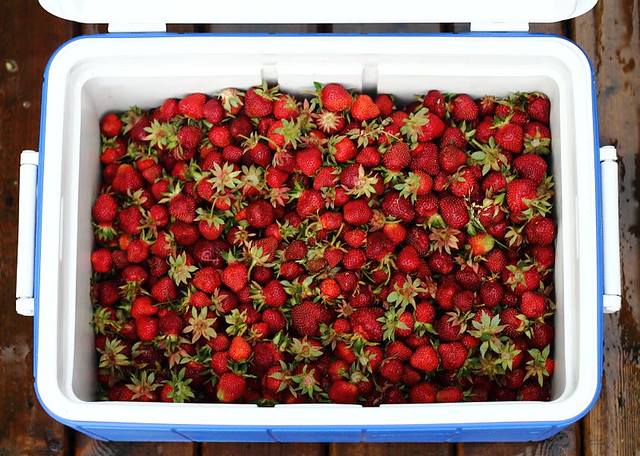
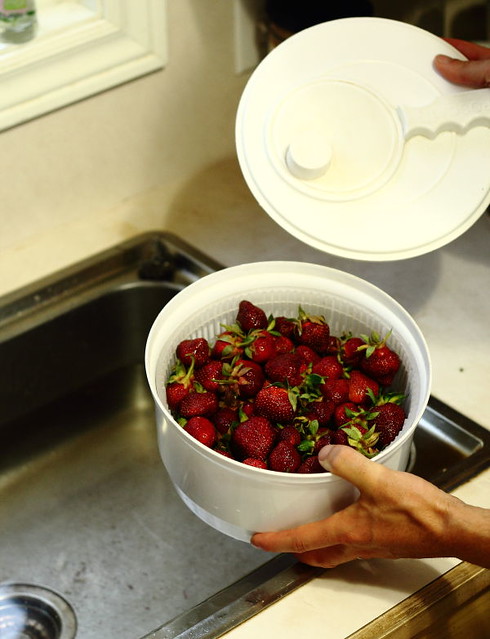
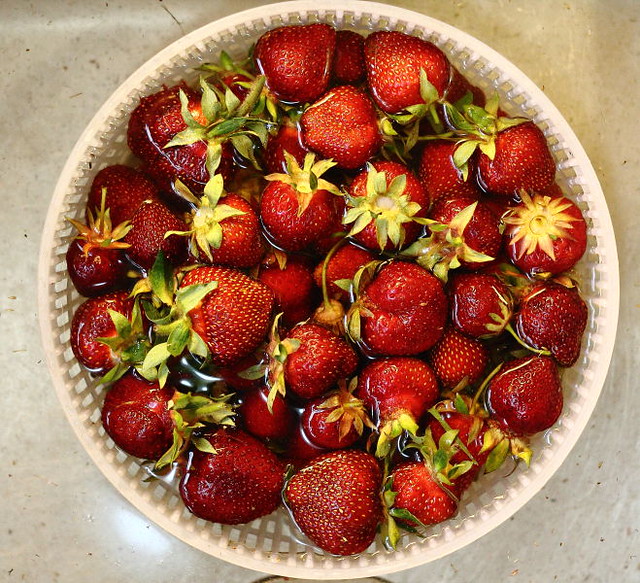
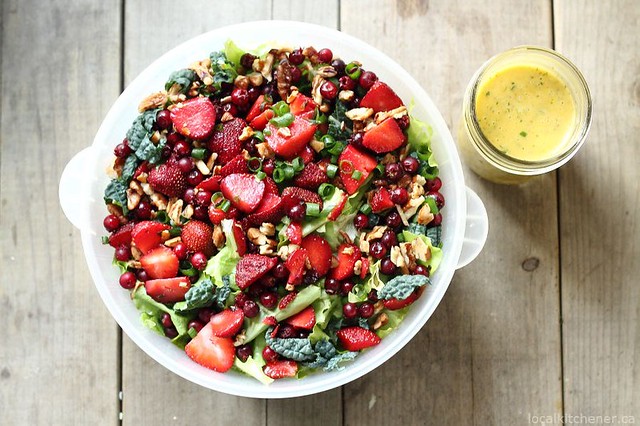

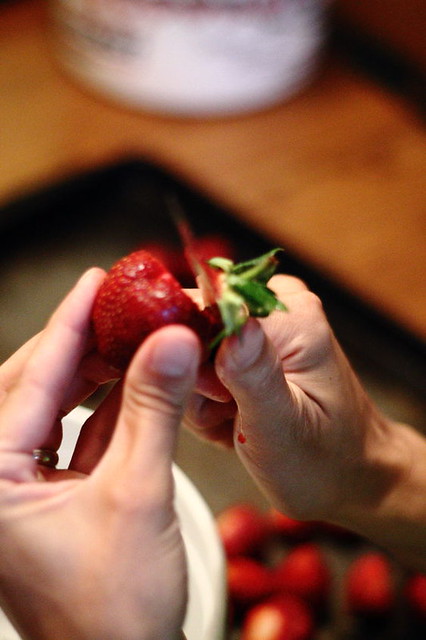
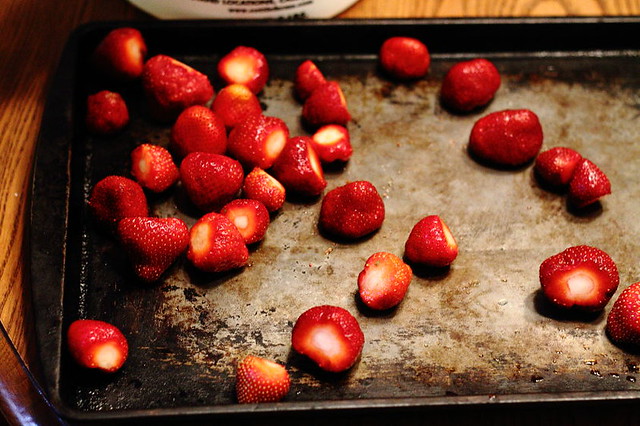
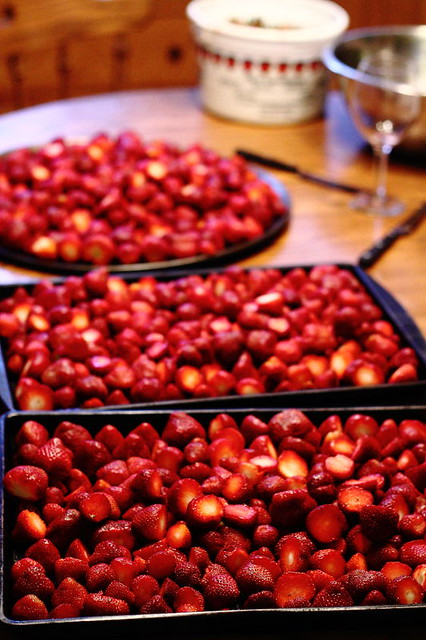

Leave a Reply